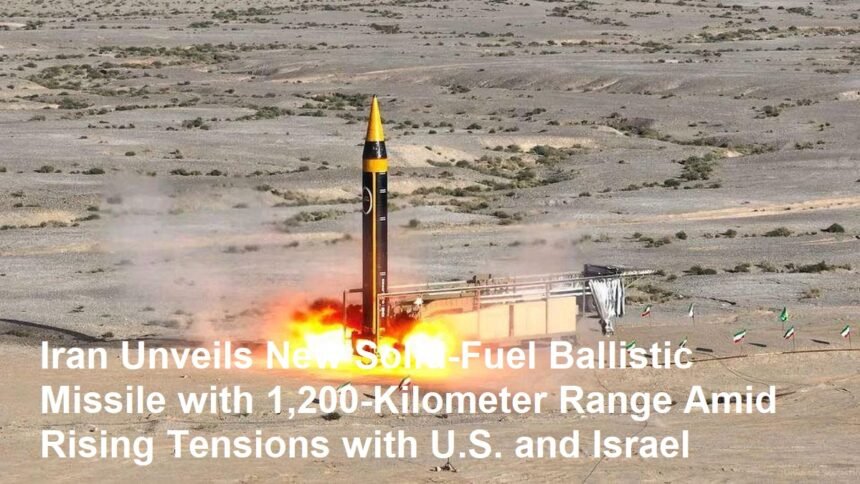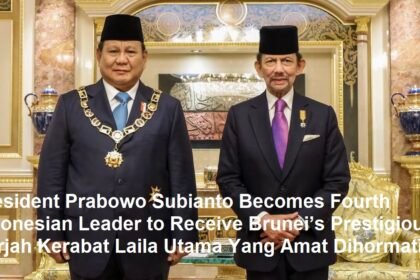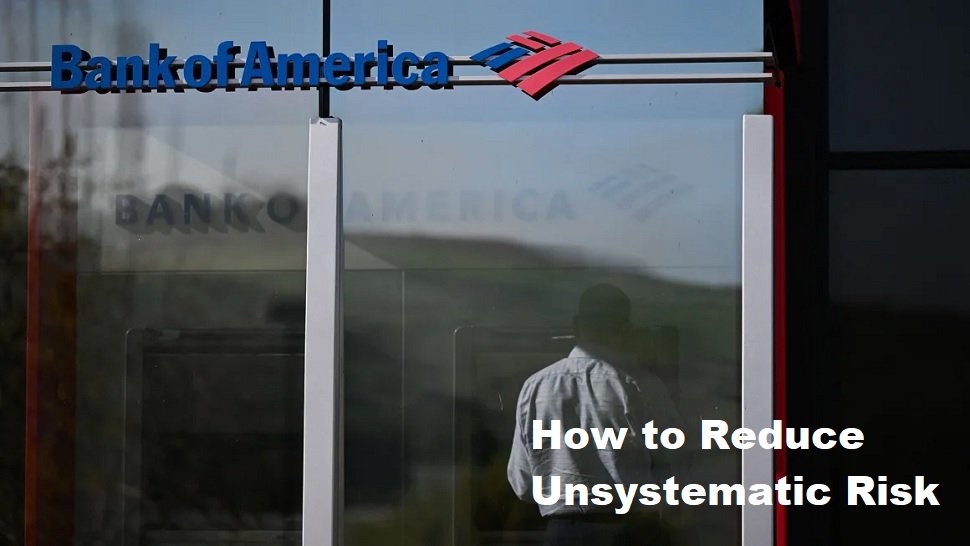On Sunday, May 4, 2025, Iran publicly revealed its latest military advancement: a new solid-fuel ballistic missile capable of striking targets up to 1,200 kilometers away. This development comes amid escalating tensions between Iran, the United States, and Israel, signaling Tehran’s intent to bolster its strategic deterrence and regional influence.
Details of the New Missile
The newly unveiled missile represents a significant technological leap for Iran’s missile program. Unlike liquid-fueled missiles, solid-fuel variants offer advantages such as quicker launch readiness, enhanced mobility, and greater reliability. The 1,200-kilometer range enables Iran to target a wide array of strategic locations across the Middle East, including U.S. military bases and Israeli territory.
Iranian military officials showcased the missile during a high-profile ceremony attended by senior commanders and government representatives. The demonstration emphasized the missile’s precision, speed, and operational readiness.
Strategic Implications
The introduction of this missile heightens concerns among regional and global powers about Iran’s growing military capabilities. The United States and Israel, both wary of Iran’s nuclear ambitions and missile development, view this advancement as a potential threat to their security interests.
The missile’s solid-fuel technology reduces the warning time for potential targets, complicating defense measures and increasing the risk of rapid escalation in any conflict scenario. This development may prompt neighboring countries to reassess their defense postures and seek enhanced missile defense systems.
Context of Rising Tensions
Iran’s missile unveiling occurs against a backdrop of heightened geopolitical tensions. Recent months have seen increased confrontations in the Persian Gulf, cyberattacks, and diplomatic standoffs involving Iran, the U.S., and Israel. The missile demonstration serves as a message of deterrence and strength from Tehran, signaling its readiness to defend its interests.
The move also comes amid ongoing negotiations over Iran’s nuclear program, with international actors seeking to revive or revise agreements aimed at limiting Tehran’s nuclear capabilities. The missile test may influence these diplomatic efforts by underscoring Iran’s military advancements.
Regional and International Reactions
Reactions to Iran’s missile unveiling have been swift and varied. The U.S. State Department condemned the launch, calling it “provocative” and urging Iran to cease activities that destabilize the region. Israel’s government expressed concern over the missile’s range and capabilities, reiterating its commitment to defend itself against any threats.
Meanwhile, some regional actors have called for renewed dialogue and de-escalation to prevent further conflict. The United Nations has urged all parties to exercise restraint and pursue peaceful solutions.
Conclusion
Iran’s release of a new solid-fuel ballistic missile with a 1,200-kilometer range marks a significant milestone in its military development. This advancement, set against rising tensions with the U.S. and Israel, underscores the complex security dynamics in the Middle East. The missile’s capabilities enhance Iran’s strategic deterrence but also raise the stakes for regional stability and international diplomacy.









